Endometriosis Awareness month couldn’t have gotten off to a better start. I had the honor of being part of the Endometriosis Summit, founded by Dr. Sallie Sarrel and Dr. Andrea Vidali. This two-day event was kicked off by a patient workshop. I had the pleasure of leading the group through a guided meditation, breathwork, and yoga postures. The goal was for us to be embodied, process all of the information we receive during the day, and leave feeling refreshed.
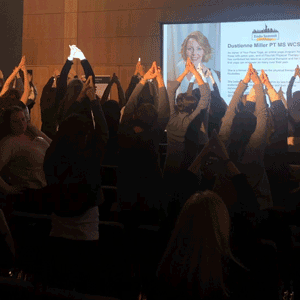
Sallie introduced me and shared with the crowd my secret…. I have been experiencing menstrual pain for years and in 2015 it started taking me down. I had a soft launch into sharing my story by publishing this on the Endometriosis Summit blog:
“I have had experience with debilitating dysmenorrhea—vomiting trying to get home, experiencing the pain that makes you rub your feet together*…you get the picture.
Let me be honest—breathing during this time did not make my pain go away or prevent me from a vomiting extravaganza.
It did help to have a strategy. It was useful for me to have a place in my mind to go to when I would get so frustrated because I needed to stay home and miss out on work, travel, or family time. Training my mind with a meditation practice offered me some solace during this time…and so did the Gilmore Girls. 😉
In my experience, my body would tighten secondarily to the primary issue of pain, cramping, diarrhea and vomiting. After the flare would end, I was left with multiple areas of my body gripping and hanging on for dear life. My pelvic floor would be super tight, which you know can set you up for constipation. My back would be stuck in flexion so that I would not be able to stand up straight.
Working with the breath, gentle yoga postures, mindfulness, and supporting the nervous system are strategies that helped me and hopefully will help you.”
*Folks with painful periods get this: the pain gets so bad that you rub your feet together. There is a great spot on the top of the foot that is a bony prominence that works well to jam into the sole of your foot. Part of me wonders if this instinct is fueled by the desire to “run away” from the pain to make it stop. Or perhaps it’s because there is shared innervation with the pelvic floor and the feet. Or perhaps it’s because the sensory homunculus of the brain maps the pelvic floor close to the feet. Anyway you look at it, it’s a common reflex.
When Sallie introduced me and told the crowd I was familiar with dysmenorrhea—as a clinician but also with my own vomiting extravaganza experience—it hit me in a way I wasn’t prepared for. My bio was my fun stuff—how I used to work backstage as a physical therapist on Broadway shows and for the Radio City Christmas show—I wasn’t prepared to hear those words.
To be clear, this was not an invasion of privacy, as I had already mentioned it on the Summit’s blog and in a Facebook Live interview. Hearing someone else acknowledge it in front of a group of people who really understood was very powerful and I felt it go right into my emotional body. It was a reminder of “oh yeah, that really sucked” and “oh right, people in this room really get this in a visceral way.”
This event was the first time I “came out” to a group as having ridiculously painful periods that would render me in bed for 24–32 hours except for jumping out of bed to projectile vomit. Zofran, Advil, Aleve, and painkillers did not touch the pain or stop the vomiting. After treating many people over the years, I knew it could be much worse. Dysmenorrhea and endometriosis can render people bedridden for several days out of the month such that they sometimes cannot maintain a full time job.
I would be doing math in my head to see if my next period would coincide with needing to travel for teaching, which would feel impossible in the moment. That is what we call “catastrophizing” and it is real. I would recognize that, and remind myself to stay in the present moment, but I would always have that temptation to try and problem solve my next period.
I would feel frustrated that I couldn’t go to work…annoyed I couldn’t even open my computer to answer emails, feeling badly that I had to cancel seeing patients, thinking forward and wondering if I should cancel my next morning (at least) or if I could pull it together. Even that language “pull it together” is very loaded.
The other piece I had been holding on to for years was a lot of shame. How could I, a pelvic health physical therapist who specializes in yoga and meditation as a strategy for pelvic pain, be so debilitated? This was clearly proof that my life’s work was a failure.
For a number of personal reasons I have not had surgery and am managing my symptoms very well (thank goodness) with progestins, diet, exercise, physical therapy, and self-care. I consider myself very lucky that I was able to manage my symptoms for years until they needed more intervention in my 40s.
A primary care physician told me because of everything I have done (yoga, meditation, nutrition, exercise, acupuncture, herbs, energy work, journaling…I could go on…) I was more functional for more years than I might have if I hadn’t used those tools. I held back tears as she said this. I felt so affirmed that it wasn’t because I wasn’t trying hard enough, it’s just that the natural approach only could take me so far for so long. Words are very powerful and can be very healing.
It was there, at the front of a room full of people with endometriosis, adenomyosis, fertility challenges and partners and practitioners who take care of them, that I realized that this DID work for me. When I would lay in bed I was so grateful to be able to have the strategy of softening between the contractions. I was able to practice getting back into the present moment after vomiting. I was able to notice my catastrophizing thoughts and return to my breath. I was able to practice restorative yoga postures laying in bed. Funny how time can freeze while your brain catches up to what is really your inner truth.
This invisible disease has the ability to take people down, but it also has the ability to lift people up. We have the opportunity to offer support to those who need it. I addressed this beautiful group of people and was met with gratitude for my path, hope for their health, and knowing that each and every person in that room will go out and change the narrative about endometriosis.
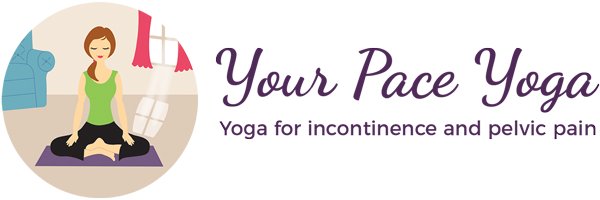
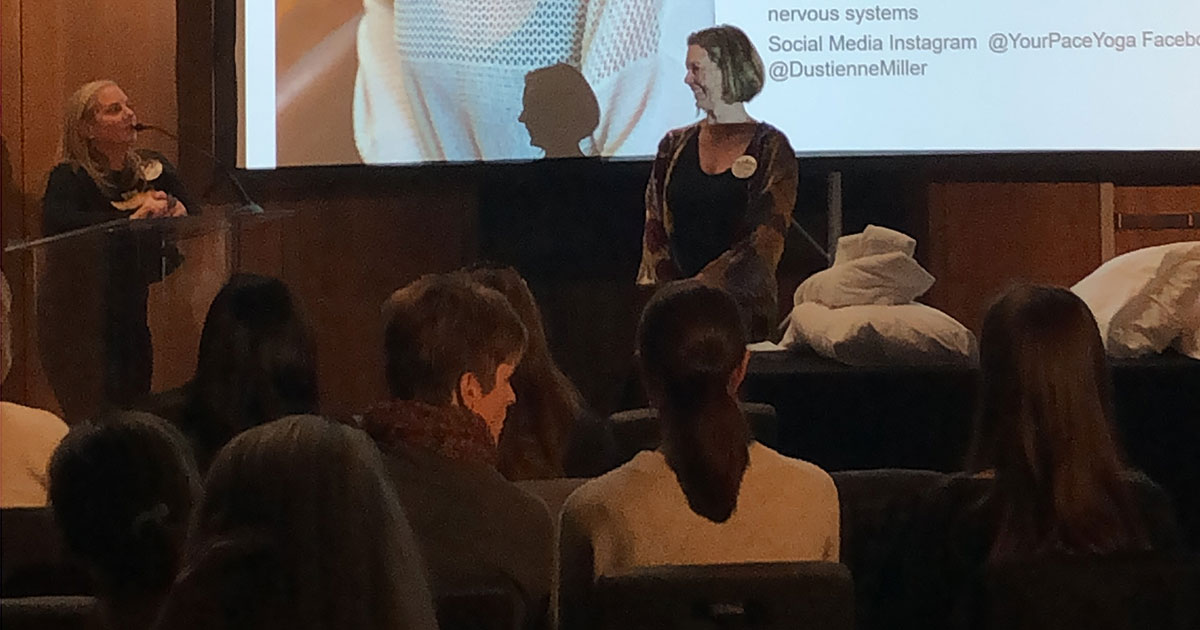
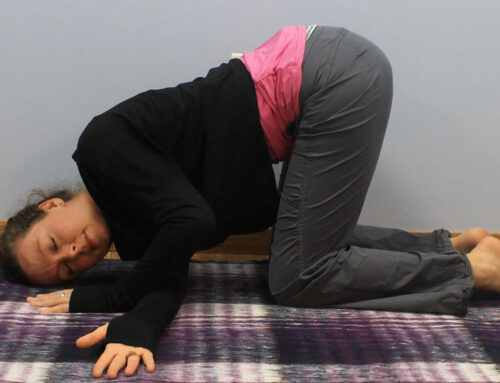
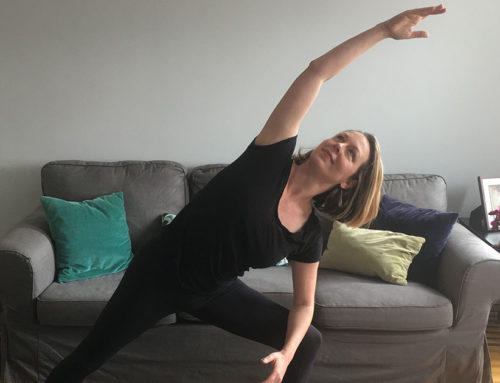
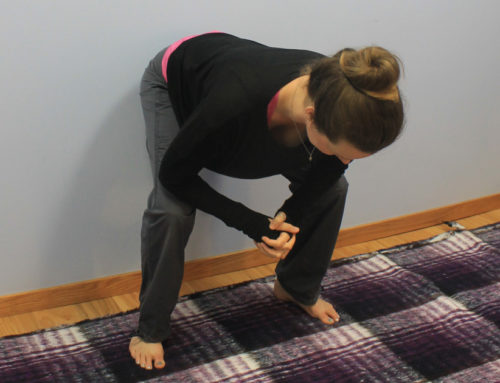
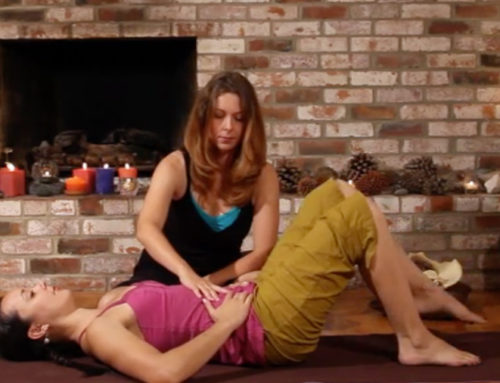
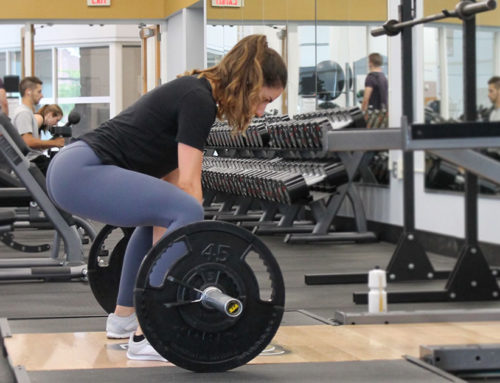
Thank you❤️❤️❤️
Thanks for reading 🙂
This is beautiful. Thank you!
Thank you and you helped me so much 🙂